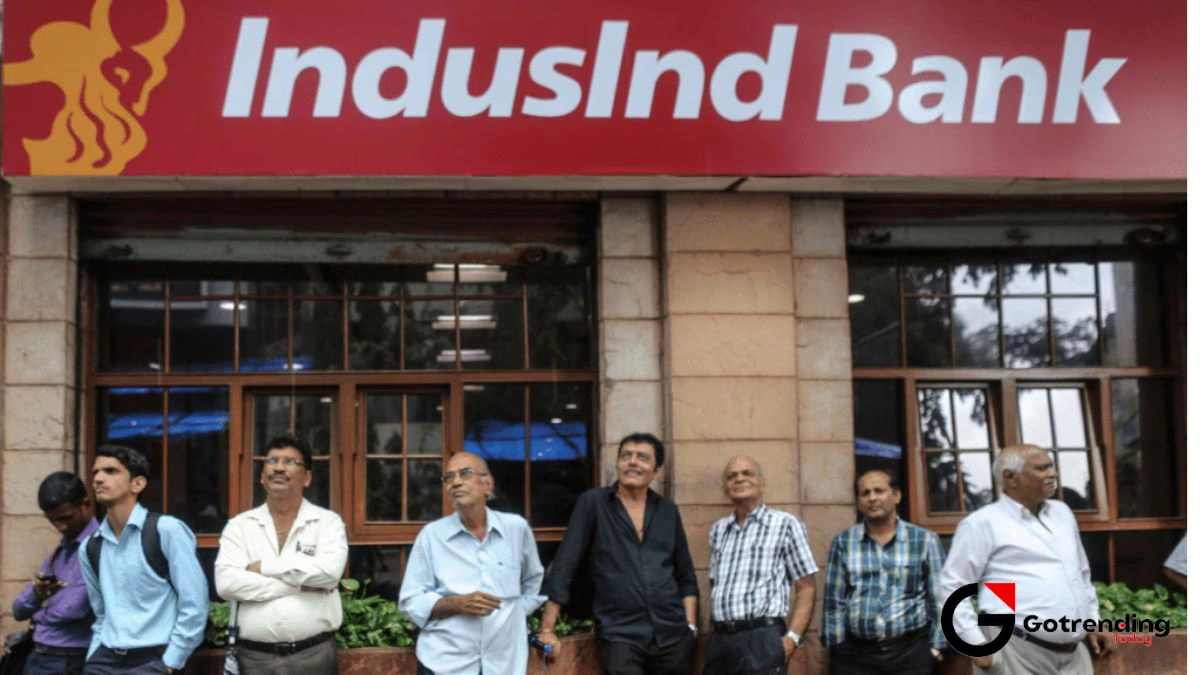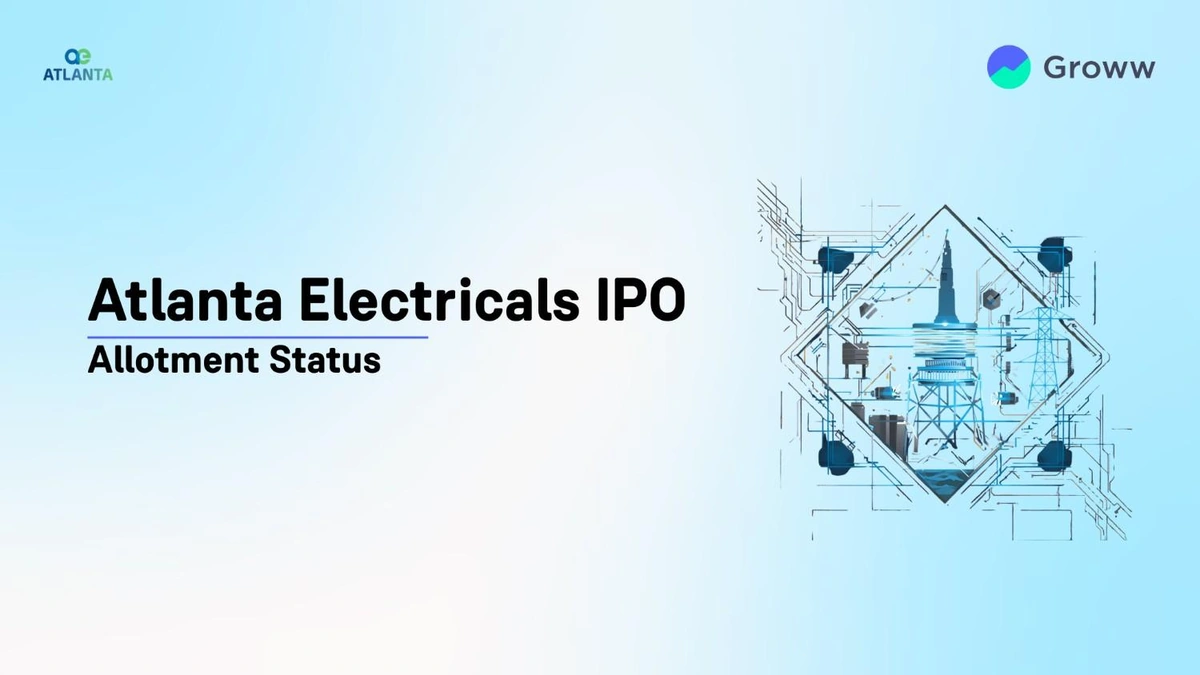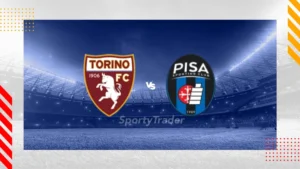IndusInd Bank Share | More Than Just a Number. Here’s the Real Story.
Alright, pull up a chair. Let’s talk about one of the most fascinating characters on Dalal Street: the IndusInd Bank share . If you’ve been watching the markets, you’ve probably seen its name pop up. It zigs when others zag, it carries a history thick with drama, and it always, always keeps investors on their toes.
But here’s the thing. Just looking at the indusind bank share price on your screen is like reading the last page of a thriller novel. You see the outcome, but you miss the entire, nail-biting plot. And trust me, with IndusInd, the plot is everything.
So, we’re not just going to look at the numbers today. We’re going to get under the hood. We’ll unpack the why behind its movements, the hidden engine driving its growth, and the lingering questions that every smart investor should be asking. Think of this as a deep-dive analysis, but with less jargon and more real talk.
The Comeback Kid of the Indian Banking Sector?

Let’s be honest. A few years ago, IndusInd Bank was in a bit of a tough spot. The whole NBFC crisis, followed by the Yes Bank saga, cast a long, dark shadow over many private sector banks. Investor confidence was shaky, and whispers of trouble were everywhere. People were worried about asset quality, and the stock took a beating. It was a classic case of market fear punishing not just the guilty, but everyone in the vicinity.
But then, something shifted.
Slowly but surely, the bank started rewriting its own story. It wasn’t a sudden, dramatic explosion but a steady, deliberate climb. Management got laser-focused on cleaning up the books, strengthening the balance sheet, and changing the very DNA of its loan portfolio. This is the comeback story that the raw stock chart doesn’t tell you. It’s a story of resilience, strategy, and a pivot that seems to be paying off. What we’re seeing now isn’t a fluke; it’s the result of some very intentional decisions made in the boardroom a few years back.
Under the Hood | What’s Really Driving the IndusInd Share Price?

So, what’s the secret sauce? What did they change? If IndusInd Bank were a car, these would be the engine upgrades that are making it roar back to life.
1. The MFI Masterstroke (Bharat Financial Inclusion):
This is probably the single most important part of the IndusInd story. A few years ago, they merged with Bharat Financial Inclusion, one of India’s largest microfinance institutions (MFI). At first, the market was sceptical. But now? It looks like a stroke of genius. Why? Because it gave the bank deep, unparalleled access to rural India a market that is growing incredibly fast. This isn’t just about giving out small loans; it’s about gaining millions of new customers who can be cross-sold other banking products later. It diversifies their risk and gives them a high-margin business that many competitors can’t easily replicate. This is a core part of any indusind bank fundamental analysis .
2. The ‘NIM’ and ‘NPA’ Numbers Game:
Okay, let’s quickly demystify these terms.
- NIM (Net Interest Margin): Think of this as the bank’s profit margin. It’s the difference between the interest it earns on loans and the interest it pays on deposits. A higher NIM is better. Thanks to its high-yield MFI and vehicle financing book, IndusInd’s NIM is one of the healthiest in the industry.
- NPA (Non-Performing Assets): These are the bad loans—the ones that have gone sour. A lower NPA is better. After the post-COVID scare, the bank has worked tirelessly to bring its NPAs down, and the latest indusind bank results show a clear improvement in asset quality. This is what gives investors the confidence that the past is truly in the past.
This steady improvement in core metrics is what separates a speculative stock from a fundamentally strong one. It shows the management isn’t just talking a good game; they’re delivering.
The Hinduja Factor | A Blessing or a Calculated Risk?
You can’t talk about IndusInd Bank without talking about its promoters, the powerful Hinduja Group. For a long time, RBI rules capped how much a promoter could own in a private bank. But those rules have been relaxed.
Recently, the Hindujas received approval to increase their stake in the bank, potentially up to 26%. What does this mean for an investor? It’s a classic double-edged sword.
The Upside: It’s a massive vote of confidence. When the people who know the bank inside-out want to put more of their own skin in the game, it signals a strong belief in its future. It suggests they see significant value and growth ahead. It’s a bit like the situation with other promoter-led giants, where the founder’s vision is a key driver. This is a narrative we’ve seen play out in other major Indian companies, like in theAdani Enterprises share story.
The Downside: It also concentrates power. Strong promoters can be a huge asset, but investors need to be comfortable with their vision and governance. Any news, positive or negative, related to the promoter group can have an outsized impact on the stock price. It’s a factor you simply have to bake into your assessment.
So, Is IndusInd Bank a ‘Good Buy’ for Your Portfolio?
This is the million-rupee question, isn’t it? And anyone who gives you a straight ‘yes’ or ‘no’ is selling you something. My goal is to give you the framework to decide for yourself.
Let’s be clear: Is IndusInd Bank a good buy ? It depends entirely on your risk appetite and investment horizon.
The Green Flags (The Bull Case):
- Strong Loan Growth: The bank is consistently growing its loan book faster than the industry average, especially in its profitable vehicle finance and microfinance segments.
- Improving Asset Quality: The worst of the NPA cycle seems to be over, and the balance sheet looks much healthier.
- Valuation: Compared to behemoths like HDFC Bank or ICICI Bank, IndusInd often trades at a more attractive valuation (Price-to-Book ratio), offering potential for a re-rating if it continues to execute well.
- Strategic Niche: Its unique MFI-led rural penetration gives it an edge that’s hard to copy.
The Red Flags (The Bear Case):
- Intense Competition: The Indian banking space is a battlefield. IndusInd is up against giants with deeper pockets and larger deposit franchises. This is a key theme when looking at the entire Nifty Bank as an economic heartbeat.
- Economic Sensitivity: Its key segments, like commercial vehicle finance and MFI, are very sensitive to the overall economic cycle. A slowdown could hit them harder than others.
- Legacy Perception: Despite the turnaround, some investors still view it as riskier than its top-tier peers. Shaking off that perception takes time.
Frequently Asked Questions
What exactly are NPAs and why do they matter so much for IndusInd?
NPAs, or Non-Performing Assets, are loans where the borrower has stopped paying interest or principal for 90 days. They are basically “bad loans.” For a bank, they are a direct hit to profitability. They matter so much for IndusInd because a few years ago, concerns about their potential NPAs (especially in the corporate loan book) were what caused the stock price to fall sharply. Showing consistent improvement here is key to rebuilding investor trust.
Who are the promoters of IndusInd Bank?
The primary promoters of IndusInd Bank are the Hinduja Group, a global conglomerate with interests in automotive, oil, chemicals, banking, and more. Their flagship company in India is Ashok Leyland. Their backing is a significant factor in the bank’s strategy and stability.
What was the deal with the Bharat Financial Inclusion merger?
In 2019, IndusInd Bank merged with Bharat Financial Inclusion Ltd (BFIL), a leading microfinance company. This move gave IndusInd Bank a massive network in rural and semi-urban India, access to millions of new customers, and a high-margin microfinance business. It was a strategic move to diversify its loan book away from being too corporate-heavy.
How does IndusInd compare to other private banks like HDFC or ICICI?
Think of it in terms of size and risk profile. HDFC Bank and ICICI Bank are the established giants larger, more diversified, and generally considered safer bets with a massive, low-cost CASA (Current Account Savings Account) deposit base. IndusInd Bank is smaller, more agile, and has a higher-yielding but perceived-to-be-riskier loan portfolio (like vehicle and microfinance). It offers potentially higher growth but comes with a higher risk profile than the top-tier banks.
What is a good source for the latest IndusInd Bank news?
For official financial reports, the best source is the bank’s own Investor Relations page on its website. For day-to-day news and analysis, reputable financial news portals and the officialNSE India websiteare excellent resources for checking announcements and corporate actions.
In the end, investing in the indusind bank share isn’t just a bet on a bank. It’s a bet on a specific story. It’s a bet on the continued formalization of the Indian rural economy. It’s a bet that the management can continue its deft balancing act between aggressive growth and prudent risk management. It’s not the sleep-well-at-night stock that an HDFC Bank might be, but for those who understand the plot, it’s one of the most compelling stories playing out in the Indian market today.













